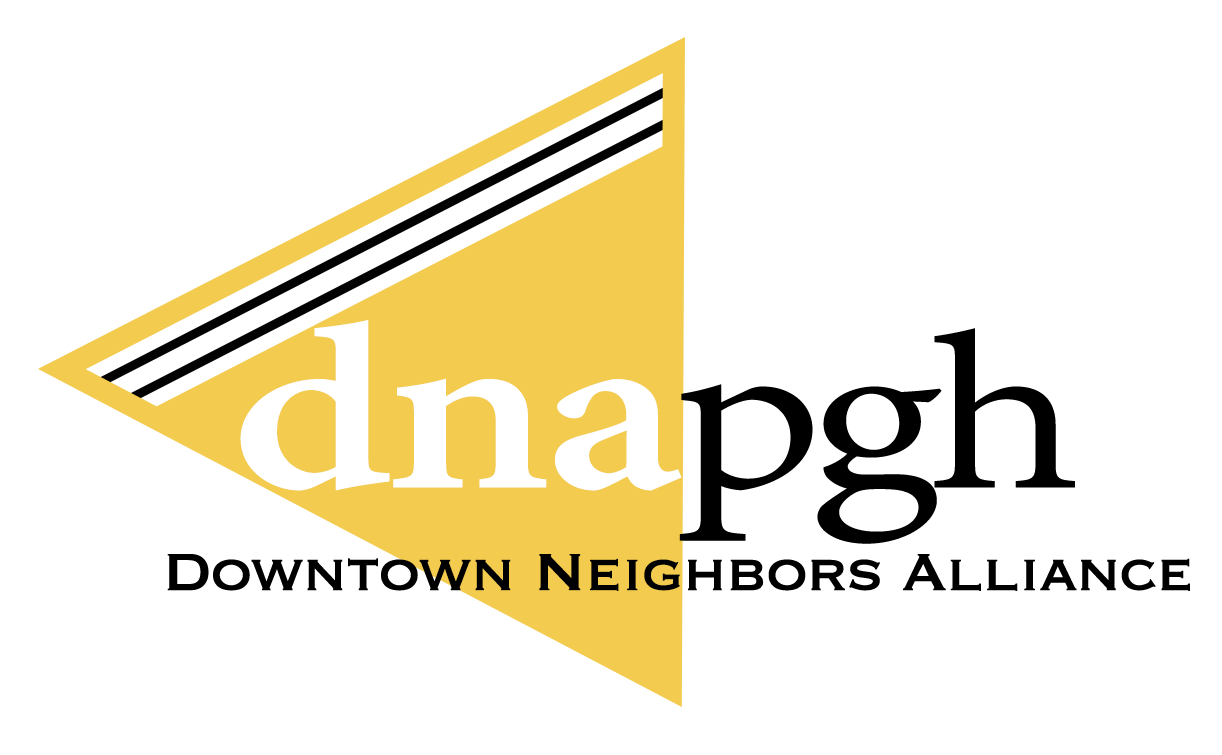Bridging Pittsburgh: The Iconic Three Sisters Crossings
Written by Christine Julia Dingzon
Pittsburgh’s skyline is renowned for its breathtaking views, and none are more iconic than the Three Sisters Bridges: the Roberto Clemente Bridge, the Andy Warhol Bridge, and the Rachel Carson Bridge. As the only trio of nearly identical, side-by-side bridges in the United States, they are fittingly referred to as the Three Sisters. However, each bridge carries its own distinct identity, named to honor influential Pittsburgh residents who left a great mark on the city and beyond.
The Three Sisters Bridges, constructed between 1924 and 1928, represent a groundbreaking engineering achievement. Designed by engineers Vernon R. Covell and T.J. Wilkerson, alongside architect Stanley L. Roush, they were among the first bridges in the United States to use a self-anchored suspension system. This innovative design eliminated the need for massive anchoring pipes, making building these elegant structures within Pittsburgh’s relatively narrow river corridors possible. The use of advanced steelwork in their construction goes back to Pittsburgh’s industrial roots and its status as the Steel City.
Initially named the Sixth, Seventh, and Ninth Street Bridges, these structures were renamed in the 20th century to celebrate notable Pittsburgh figures. The Roberto Clemente Bridge honors the legendary baseball player, Roberto Clemente, a trailblazer for Latin Americans in Major League Baseball. The Andy Warhol Bridge pays tribute to the renowned artist and Pittsburgh native, whose work revolutionized the world of art. Finally, the Rachel Carson Bridge celebrates the pioneering environmentalist and author of Silent Spring, a book that helped spark the modern environmentalist movement.
From the moment they opened, the Three Sisters Bridges have played a vital role in connecting the city’s bustling North Shore with its vibrant Downtown commercial and cultural hubs. They facilitated commerce, transportation, and cultural exchange, helping to weave together the fabric of Pittsburgh.
Today, these bridges are more than infrastructures, they are cultural landmarks deeply embedded in the city’s identity. They host annual events such as the Pittsburgh Marathon and Light Up Night, drawing residents and visitors to celebrate atop these historic crossings. On game day, the Roberto Clemente Bridge becomes a pedestrian-only walkway, creating an electric atmosphere as Pittsburgh Pirates fans make their way to PNC Park.
Whether it’s strolling across the Andy Warhol Bridge at sunset, reflecting on Rachel Carson’s environmental legacy, or cheering on the Pirates while crossing the Roberto Clemente Bridge, the Three Sisters continue to inspire pride and connection in Pittsburghers. These bridges are not only symbols of the city’s ingenuity and resilience but also a reminder of its commitment to honoring its past while bridging toward a brighter future.
